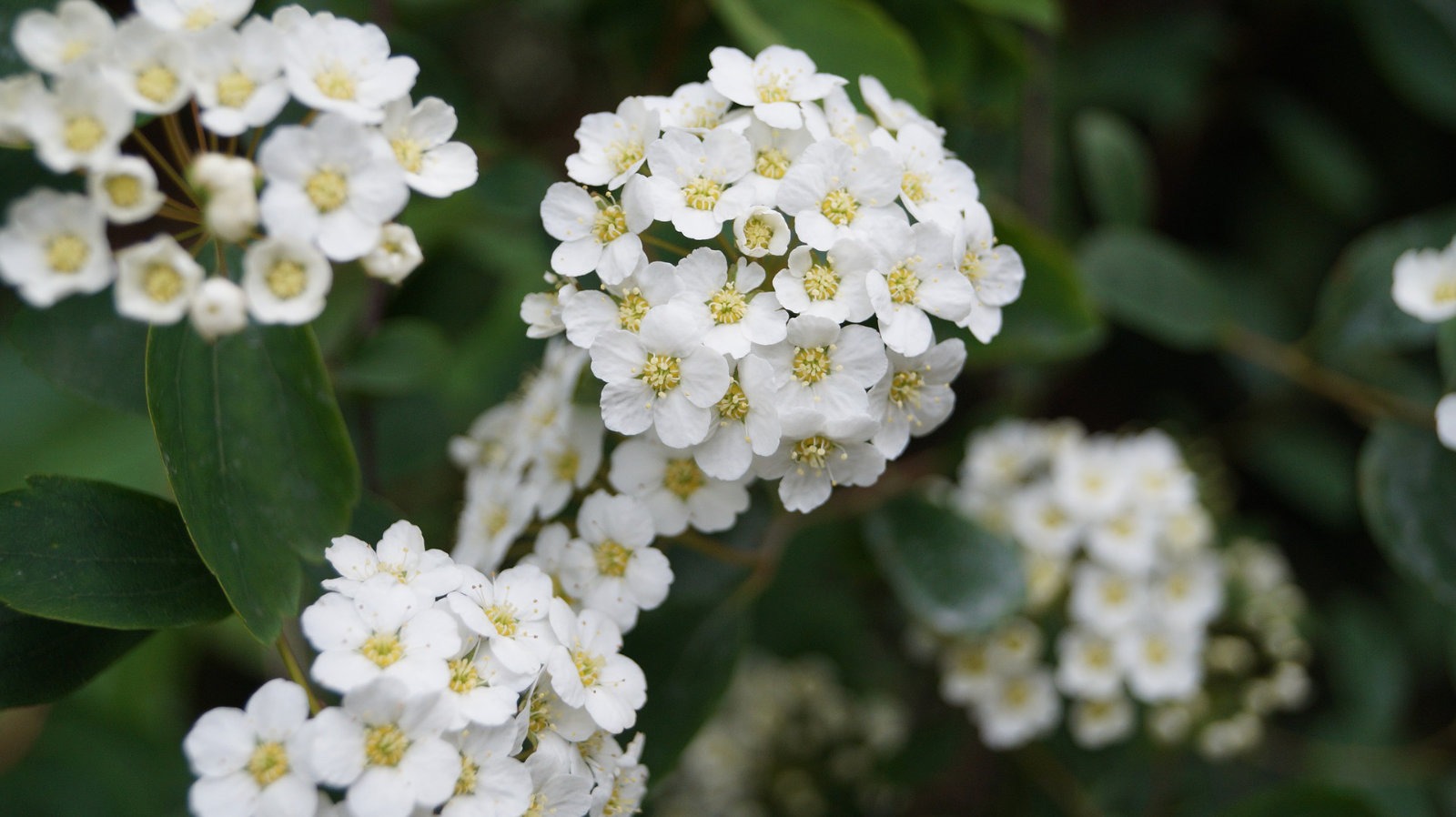Hawthorn also known as the May tree is a common hedgerow shrub in the UK and that’s great for our wildlife as it supports many species of animal. It is a broadleaf, deciduous tree growing from 5 – 15m with thorny branches. More reason to be careful where you kick your football in the garden! It has distinctive green toothed leaves with small red berries appearing from August onwards. The flowers which can appear as early as March in groups of 9 -18 are a white and pinkish colour. The bark of the tree is a brown/grey colour with vertical grooves.
Latin name: Crataegus monogyna
Overview
The most interesting aspect of hawthorn is the method for the fertilisation of the flowers. It uses insects that are attract to decaying animals. To these rotten meat loving insects the flowers give off a scent of decomposition which attracts them and helps with the fertilisation process. Hawthorn has male and female flowers and don’t worry smell nice to us (depending on the type). The fertilised flowers will later appear as the red berries. The seeds inside are dispersed by animal consumption and then their dung.
In the garden
Considering that hawthorn is a small tree and is also used as a hedge, there is no excuse for not planting this one in your wildlife garden. According to the RSPB (2011) hawthorn provides food for over 150 species like the Hawthorn shield bug (Acanthosoma haemorrhoidale), common flower bug (Anthocoris nemorum), and bumblebees, which then attract the animals that eat them, like the violet ground beetle (Carabus violaceus), garden spider (Araneus diadematus), wrens (Troglodytes troglodytes), and blue tits (Parus caeruleus). Bigger birds like redwings (Turdus iliacus), greenfinches (Carduelis chloris), yellow hammers (Emberiza citronella), and blackbirds (Turdus merula) feed on the berries. Other animals like the wood mouse (Apodemus sylvaticus), yellow necked mouse (Apodemus flavicollis), slowworm (Anguis fragilis) and common toad (Bufo bufo) can also be found in hawthorn. So if it’s insects, birds, mammals, reptiles or amphibians that excite you then you will find them in hawthorn.
Did you know?
According to legend one Hawthorn tree planted in Glastonbury grew after the staff of Joseph of Arimathea (made from hawthorn wood) was thrust into the ground.
